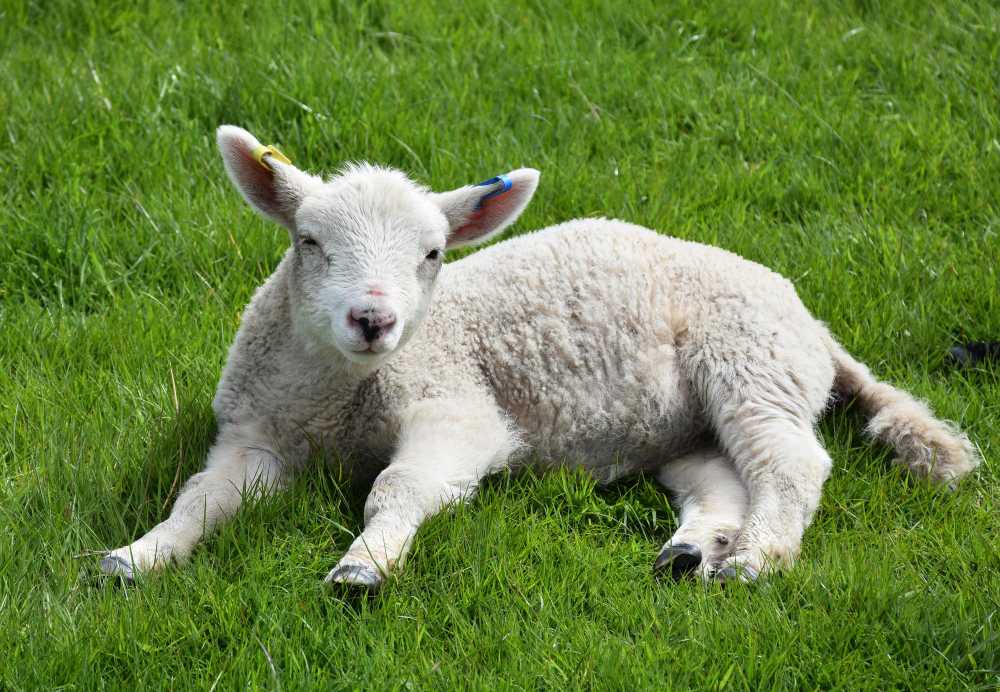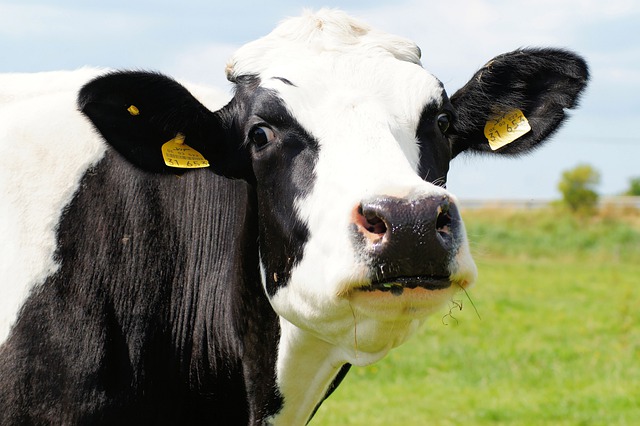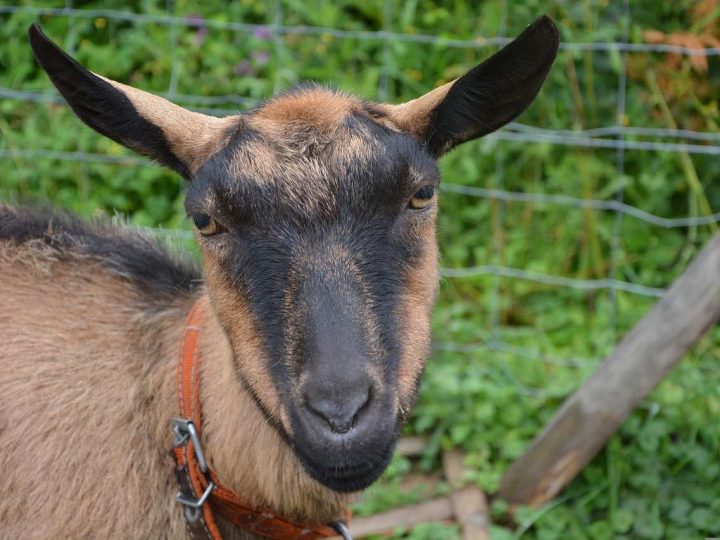
Bovine and caprine dehorning is typically performed once before the animals reach 2 months of age. A thermal cattle dehorner is recommended over chemical paste for this process. Additionally, the dehairing of milking animals is usually done 5 to 6 times annually, with thermal methods being a preferred alternative to shaving.
Dehorning process and timing
Dehorning cattle and goats should be done on a strict schedule to prevent causing the animals distress and significant health risks. Ideally, it should be done before they reach 1 month old, with 2 months being the absolute limit. Younger animals are easier to manage during the procedure. Dehorning involves cauterizing the horn before it attaches to the skull bone, while it is still in a nascent stage.
Thermal, gas, or electric dehorners are typically used. Applying anesthetic ointment or injection before and after the procedure ensures the animal feels no pain. This application should be repeated for a few days until the burn heals.
Conversely, using chemical paste for dehorning can be painful for calves or kids. The paste takes two to three weeks to work, eventually forming a scab that falls off naturally. During this period, there’s a risk of the young animal spreading the corrosive paste to others, especially during direct contact with its mother or indirectly via surfaces like walls or posts.
Time allocation for dehorning
The actual thermal dehorning process takes about ten seconds, but additional time should be accounted for. The animal needs to be fully immobilized, either in the barn, at the feed fence, or using a restraining cage, which can be utilized indoors or in the field.
Before dehorning, the area must be disinfected. Then, allow time for the anesthetic ointment or injection to take effect. After the procedure, disinfect the area again and reapply the anesthetic. In the following days, time should be allocated for applying analgesic cream and possibly an anti-inflammatory injection, and to ensure the healing process is progressing without infection.
Time required for dehairing milking animals
Udder hair removal should be performed five to six times a year, more frequently in colder or mountainous regions or during harsh winters.
Using a thermal epilator for epilation takes about four to five seconds. Stand behind the animal, ignite the device under the udder, approximately ten centimeters below, and make figure-8 movements, ensuring the flame never remains static.
Regarding organizing a waxing session, it’s best not to conduct it right after milking to avoid irritation from post-milking products, and it’s preferable when the udders are swollen.
Plan to have the cows or goats lined up at the feed fence, for example during mealtimes, or in the milking parlor. The animals don’t need to be strictly restrained, just tied up, allowing for successive waxings. Considering the time to move from one animal to another, the estimated time per animal is around 10 seconds.





